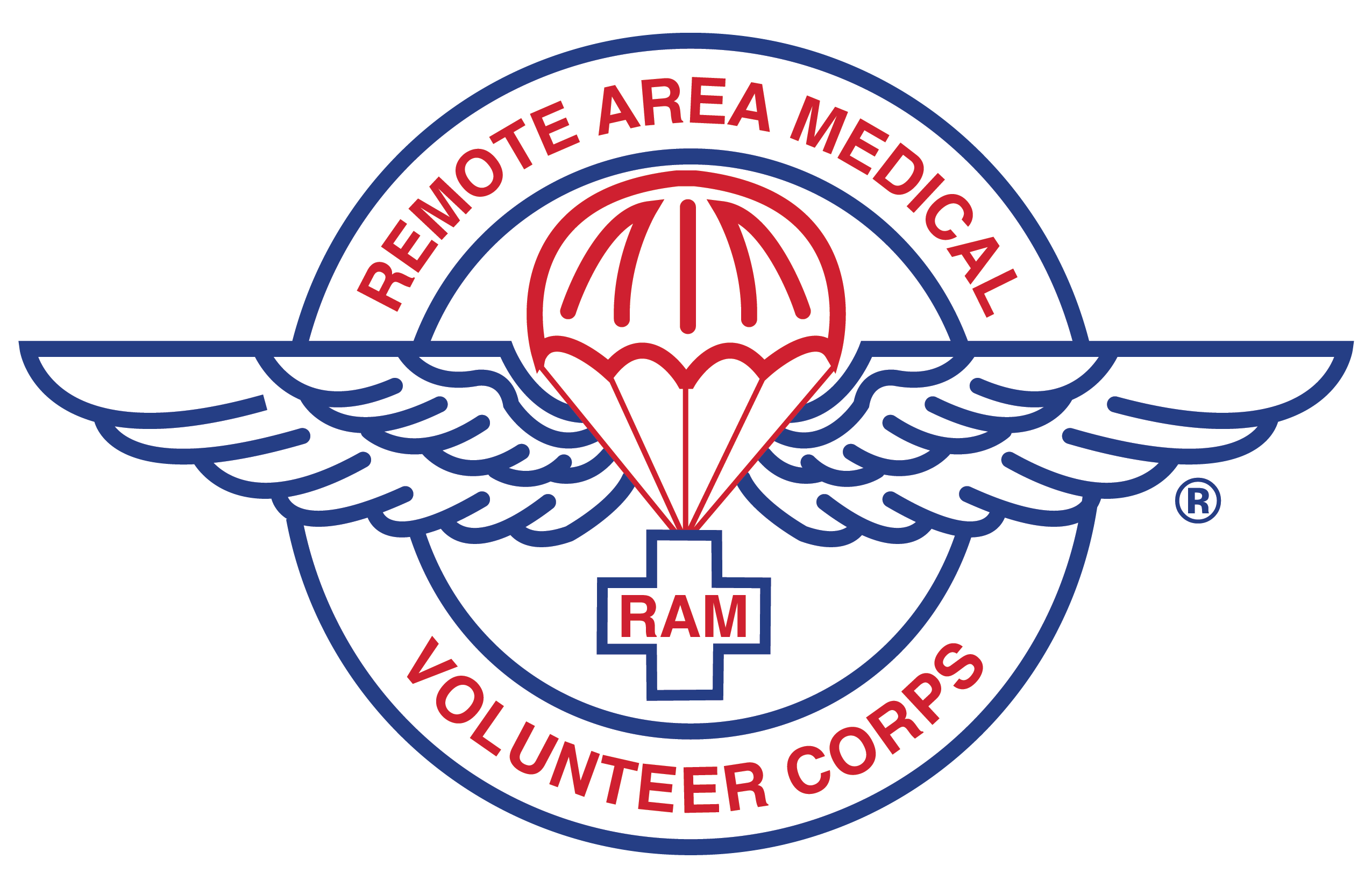ELIZABETH CITY, N.C. (WAVY) – The U.S. Coast Guard said the search for a missing submersible in the Atlantic Ocean that had been heading to explore the wreckage of the Titanic has shifted to an area where a Canadian aircraft detected noises Tuesday and again Wednesday.
The search has expanded, while reaching two-and-a-half miles deep.
Three days ago, five men on board the Titan disappeared just after beginning their journey.
Two Coast Guard planes from Elizabeth City are part of the search and rescue effort as the estimated oxygen supply for the passengers continues to dwindle.
John De Mille, a retired underwater construction Seabee diver from Little Creek Construction Team 1, shared his perspective on what he believes is going on with the Titan.
“Side-scan sonar is a typical piece of equipment that is used while doing water wide-area searches,” De Mille said.
The side-scan sonar attached to an autonomous underwater vehicle was the primary tool used to search for the shot down Malaysian Airline in 2014.
“For example, a side-scan sonar can shoot out 500 meters to the side,” De Mille said, “which is a 1,000-meter swath as you are going down and tows it at a speed up to 10 knots, so you can cover a lot of area really fast.”
Using data gathered and when the side-scan sonar has discovered something, a remotely-operated vehicle, or ROV, is dispatched to further confirm the finding.
“They have a working class ROV that will probably go down,” De Mille said, “and then will attach some type of wire rope so they can use a wench of some type to bring it back up to the surface.”
That is important, because once you find the Titan, you have to bring it up immediately.
“The thing is, once we find it, how do you get it back to the surface? You can’t open the hatch at 12,000 feet,” De Mille said, “so you got to get that vehicle back to the surface to get those gentlemen out of the vehicle.”
De Mille has been on searches for other’s loved ones before, and he said it’s emotionally tough, with loved ones expecting you to succeed, and in this case, with the Titan’s crew within about 24 hours of running out of oxygen.
“It’s not easy for the searches,” De Mille said. “… They are doing everything they can to locate this and bring it to an end, and I am sure there are very good engineers out there currently to figure when we find it, how do we get this up to the surface.”









































